The two fastest cards from the Nvidia’s new GTX 700 series are already widely available, but only a small number of gamers can afford to pay more than €/$250 for a graphics card. Cards which fall in this recession friendly price range are traditionally viewed as the weapon of choice for most gamers and the tradition continues.
The GTX 760 is a newcomer in this segment and today we are greeting the EVGA GTX 760 SC ACX. The GeForce GTX 760 will be replacing the GeForce GTX 660 Ti in Nvidia’s lineup. Pricing for the Geforce GTX 760 begins at $250/€225. As usual, the cheaper GTX 700 series cards will be available at a later date, however not before late fall or maybe even the end of the year.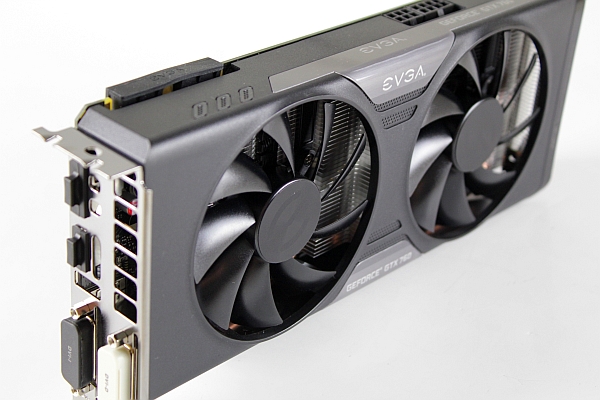
Nvidia gave the OC green light to its board partners, allowing them to play with factory overclocking and custom designs. EVGA’s GTX 760 SC ACX is a nice example of how a custom design can do a lot for the card and make it more attractive. In addition to good looks, the GTX 760 SC ACX performs noticeably better compared to the reference cards, thanks to a high factory overclock.
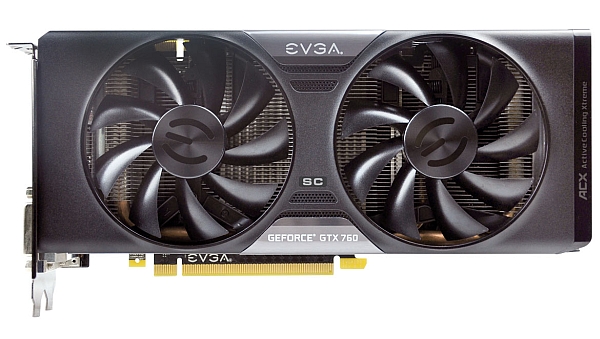
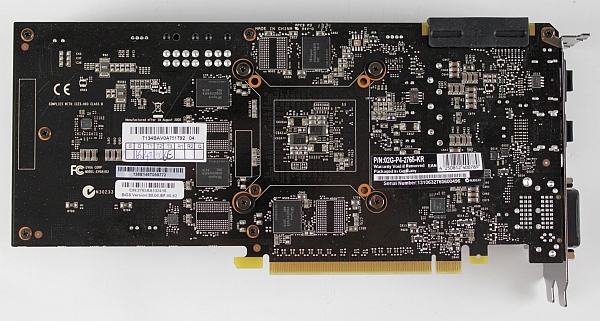
The EVGA GTX 760 ACX is just one of many cards with a non-reference cooler and there are other factory overclocked models from other vendors as well.
At the heart of the GeForce GTX 760 lies the same GK104 GPU that is used in the GeForce GTX 770, but remember that the GK104 GPU is used on GTX 690/680/670/660Ti cards as well.
The GTX 760 should end up about 6-8 percent faster than the GTX 660 Ti, but where is all that new-found speed actually coming from? The GTX 760 has 1152 CUDA cores, while the GTX 660 Ti boasts 1334. We can assume that the extra performance comes from higher clocks. The GTX 760 is stock clocked at 980MHz, while the Boost clock is 1033MHz, whereas the GTX 660 Ti is clocked at 915MHz and capable of hitting 980MHz on Boost.
The bandwidth is better, too. The GTX 660 Ti features a 192-bit memory bus, while the GTX 760 has a 256-bit bus. On the whole the GTX 760 seems to be finely tuned for 1080p gaming, and it is also direct threat to the ageing GTX 670.
The standard memory configuration for the GTX 760 is 2GB of GDDR5 memory, but some partners may introduce 4GB cards as well.
The EVGA GTX 760 SC ACX comes factory overclocked from reference 980MHz to 1072MHz for the GPU, while the memory is left at reference 1502MHz (6208MHz effectively). If you are after 1080p gaming, cranking up the settings to the High in graphics-intensive games should not be a problem for this card, and the scores prove it.
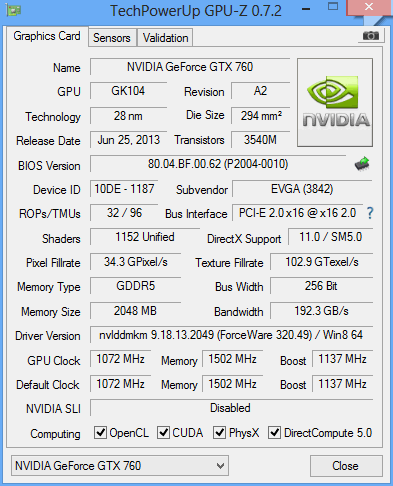
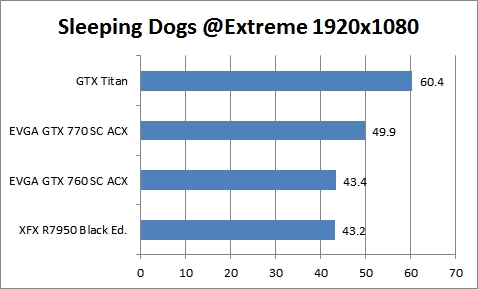
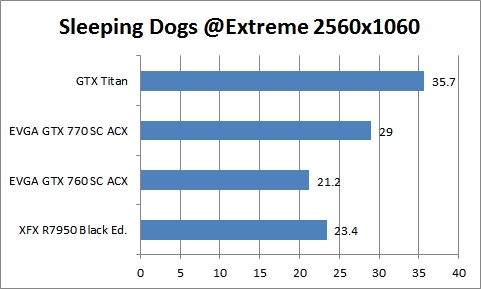
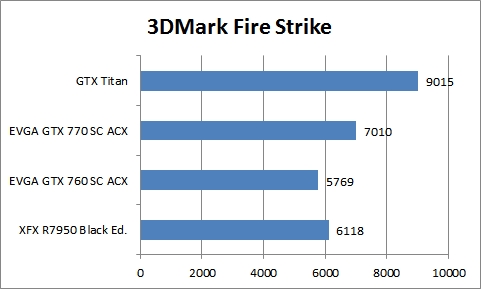
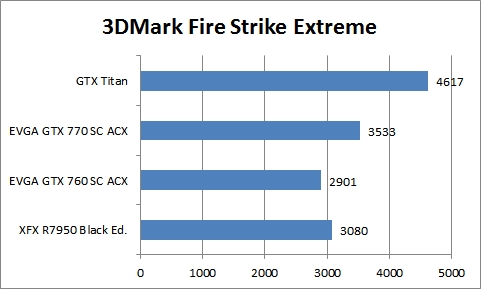
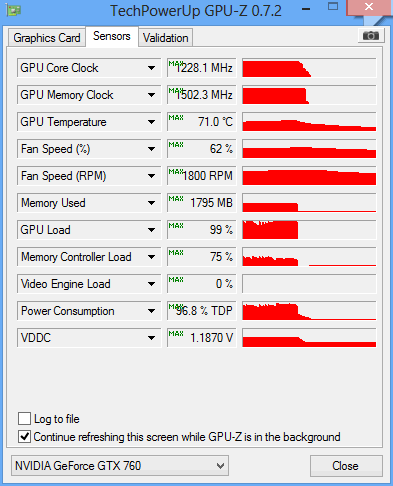
The fan is not as quiet as I had hoped. It is relatively loud when the card is experiencing a lot of load but it is still noticeably quieter compared to the XFX R7950 Black Edition.
The GTX 760 is said to have a 170W TDP, compared to 150W TDP for the GTX 660 Ti and 170W TDP for the GTX 670. EVGA went a step further and decided to include both 6-pin and 8-pin connectors on the card. Combined with the ACX cooler, this should ensure good overclocking performance.
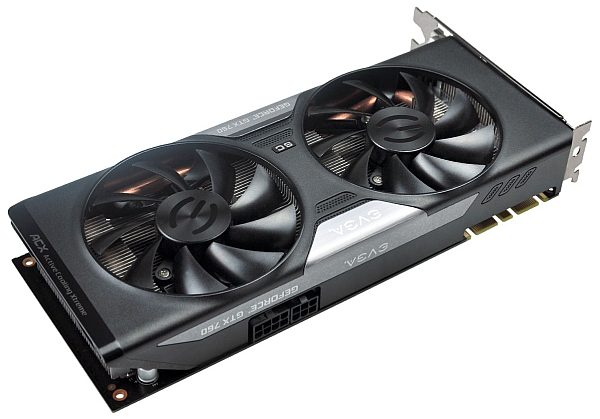
With the GTX 760 users will get all of the new features found in the GTX 700 series GPUs. Additionally the GTX 760 will allow you to play games with enabled physics (PhysX), improve graphics effects by using HBAO or with advanced anti-aliasing techniques (FXAA/TXAA) and off course the card has enough power for smooth 3D gaming (3D Vision).
EVGA PrecisionX is great tool for hardware management, but there are two additional bits of software that deserve our attention, the Geforce Experience, which is designed to make PC gaming easier for all gamers, and ShadowPlay, which is an upcoming Geforce Experience feature that lets gamers record their favorite gaming moments without the performance penalty of software-based solutions.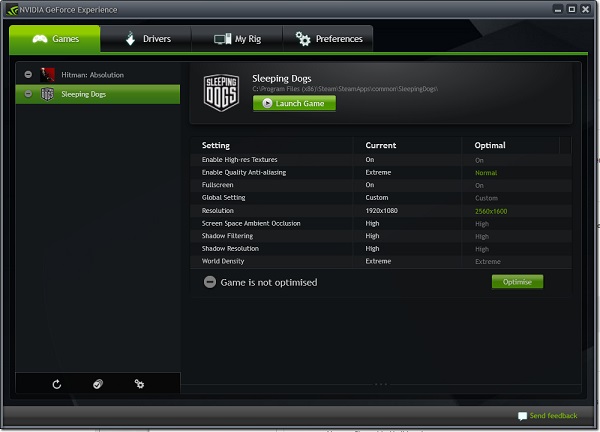
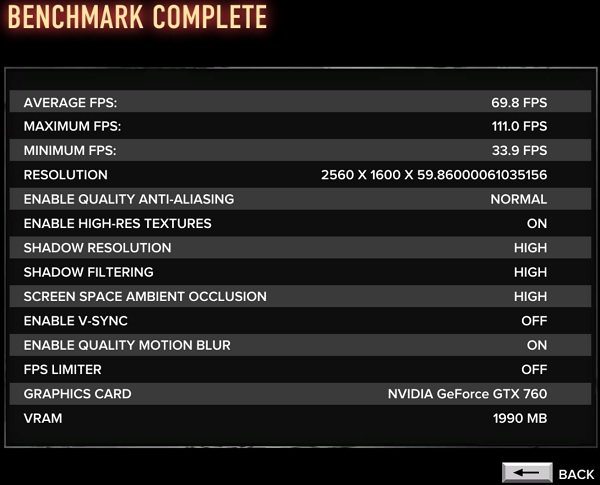
Following the introduction of the GTX 760, Nvidia’s complete Geforce 7xx/6xx lineup consists of the following cards:
Geforce GTX TITAN (GK110)
GeForce GTX 780 (GK110)
Geforce GTX 690 (2xGK104)
Geforce GTX 770 (GK104) Geforce GTX 680 (GK104)
Geforce GTX 670 (GK104)
Geforce GTX 760 (GK104) Geforce GTX 660 Ti (GK104)
Geforce GTX 660 (GK106)
Geforce GTX 650 Ti BOOST (GK106)
Geforce GTX 650 Ti (GK106)
Geforce GTX 650 (GK107)
Geforce GT 640 (GK107)
Geforce GT 630 (re-branded Geforce GT 440)
Geforce GT 620

